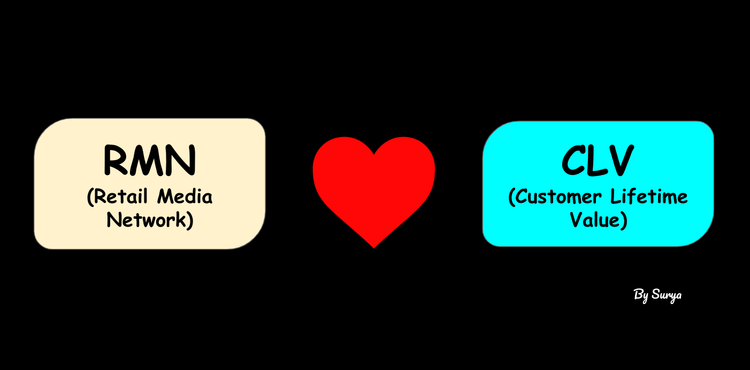🚀 Unlocking the Full Potential of Data Clean Rooms: Key Use Cases 🚀

Data clean rooms are a powerful tool for organizations that want to collaborate on data without compromising privacy or security. By enabling secure, controlled access to data, clean rooms can help organizations to:
- Improve decision-making: By combining data from multiple sources, clean rooms can help organizations to gain a deeper understanding of their customers and markets. This can lead to better decision-making about products, services, and marketing campaigns.
- Increase agility: Clean rooms can help organizations to respond more quickly to changes in the market. By enabling rapid data analysis, clean rooms can help organizations to identify new opportunities and threats, and to develop and implement new strategies.
- Reduce costs: Clean rooms can help organizations to reduce the cost of data collection and storage. By sharing data with partners, organizations can avoid duplicating efforts and can get more value from their data investments.
If you're looking for a way to unlock the full potential of your data, a data clean room is a great option. Here are some additional details about the key use cases for data clean rooms:
- No Data Movement: Data clean rooms allow organizations to connect to data, models, and code across various cloud platforms without the need to move the data. This can help to improve performance, reduce latency, and mitigate the risk of data leaks.
- Enterprise-level privacy and governance: Data clean rooms provide a secure environment for data collaboration. Organizations can retain control over the usage of their data, and they can establish a positive opt-in process for collaborators to approve use cases and assigned data.
- Collaborate with multiple parties: Data clean rooms can be used to collaborate with data and service provider partners across multiple clean rooms. This can help organizations to gain access to a wider range of data, and it can help them to improve the efficiency of their data collaboration processes.
- Fraud detection and prevention: Data clean rooms can be used to identify fraudulent activity by comparing data from multiple sources. For example, a bank could use a data clean room to compare customer transaction data with credit bureau data to identify potential fraud.
- Product development: Data clean rooms can be used to develop new products and services by identifying customer needs and preferences. For example, a software company could use a data clean room to analyze customer usage data to identify new features that customers would be interested in.
- Marketing campaigns: Data clean rooms can be used to create and optimize marketing campaigns by targeting the right customers with the right message. For example, an insurance company could use a data clean room to identify customers who are likely to be interested in a new insurance product.
Hope this helps! If you have questions on this topic, hit me up on LinkedIn





Member discussion